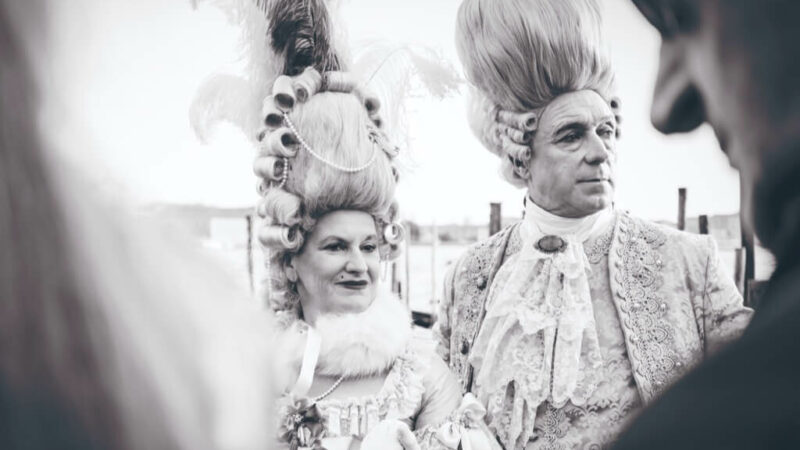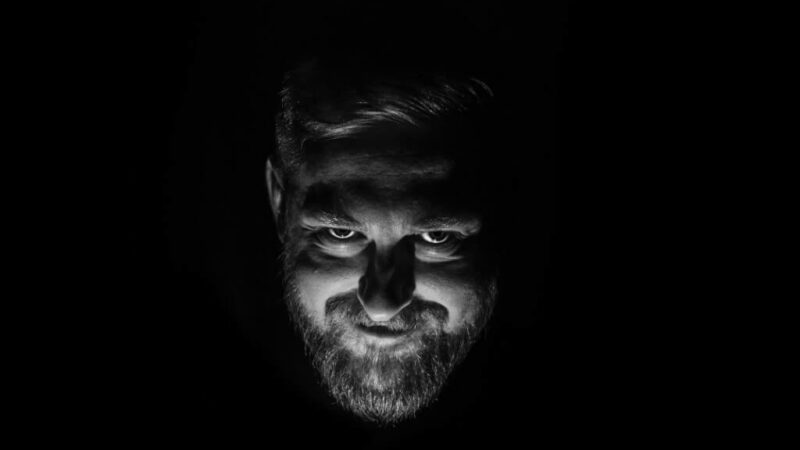The Curious Case of the Cat-Phone Experiment

Have you ever heard of a telephone made out of a cat? No, it’s not science fiction but a peculiar experiment that took place in the early 20th century. In this intriguing journey through time, we’ll delve into the fascinating story of Professor Ernest Glen Wever, who turned a cat into a living telephone for scientific research. Along the way, we’ll explore the unexpected twists, significant contributions, and the ultimate legacy of this audacious experiment.
The story begins with Felis catus, the common house cat, whose domestication can be traced back approximately 10,000 years. Initially valued for their exceptional ability to hunt rodents and pests, cats have shared a unique and sometimes complex relationship with humans throughout history. Ancient Egyptians revered them as representatives of the goddess Bastet. Yet, these mysterious feline creatures have also been subject to superstitions and myths, including the belief that black cats bring bad luck, a notion that continues to affect them today, with black cats being less likely to be adopted from shelters.
A Scientist’s Unconventional Idea
Enter Professor Ernest Glen Wever, a pioneer in the field of audiology, born in Benton, Illinois, in 1902. Wever’s academic journey took him from Harvard University, where he earned his doctorate in experimental psychology in 1926, to the University of California, Berkeley, and later, to the Department of Psychology at Princeton University. While Wever’s initial studies focused on visual perception, a shift in his research interests led him to explore the complexities of auditory perception.
The Birth of the “Telephone Theory”
In 1929, Wever, along with his research assistant Charles William Bray, embarked on an investigation into how the ear and the brain convert auditory input into nerve impulses. At the time, the prevailing hypothesis suggested a direct correlation between the intensity of auditory stimulation and the frequency of nerve impulses produced in the auditory nerve. However, Wever and Bray proposed a groundbreaking idea—the “telephone theory” of audio encoding. According to this theory, nerve impulses would closely match the frequency of the stimulus, much like the signals in a telephone line.
Transforming a Cat into a Living Telephone
To put their radical theory to the test, Wever and Bray embarked on a rather unconventional experiment involving a live cat. The procedure was as follows: After sedating the feline participant, they surgically exposed a portion of its skull. An electrode was carefully wrapped around one of the cat’s auditory nerves. The signals picked up by this electrode were then transmitted through a vacuum-tube amplifier and a shielded cable to a telephone receiver located fifty feet away in a soundproof room. As Bray spoke into the cat’s ear, Wever listened at the receiver, documenting the sounds captured by this unique apparatus.
The results were astonishing—clear and nearly mechanical signals, as if generated by a typical telephone transmitter. Wever even remarked, “Speech was transmitted with great fidelity,” and simple commands and counting were easily understood. This innovative system served as a means of communication between operating rooms and soundproof areas.
Wever and Bray sought to eliminate any doubts about the source of these signals. They altered their experiment by repositioning the electrode near the cat’s auditory nerve and reducing blood flow to the cat’s brain. In each instance, the transmission abruptly ceased, providing conclusive evidence that the signals indeed originated from the auditory nerve.
Publication and Recognition
In 1930, Wever and Bray published their findings in an article titled “The Nature of the Acoustic Response: The Relation Between Sound Frequency and Frequency of Impulses in the Auditory Nerve.” Their unorthodox research provided compelling support for the telephone theory of audio encoding. Their groundbreaking work earned them the prestigious Howard Crosby Warren Medal from the Society of Experimental Psychologists in 1936.
The Remarkable Careers of Wever and Bray
Both Wever and Bray continued their careers with remarkable achievements. Bray became an Associate Professor of Psychology at Princeton and contributed significantly to the fields of psychological research for the United States Air Force Human Resources Research, the National Defense Research Council, and the United States Navy. Wever, on the other hand, made noteworthy contributions to the understanding of human hearing.
Wever’s Post-War Discoveries
During World War II, Ernest Wever served as a consultant for the National Defence Research Committee, focusing on anti-submarine warfare. During this time, he made a fascinating discovery—individuals with musical training were superior sonar operators, irrespective of their specific instrument. This observation laid the foundation for Wever’s post-war career, during which he became a leading authority on human hearing.
In 1949, he published “The Theory of Hearing,” considered the authoritative monograph on the subject. One of his most significant contributions was the development of the volley theory of frequency coding, based on observations made during the cat telephone experiments. This theory proposed that, at certain frequencies, clusters of nerves fired in “volleys” to transmit the full signal. Wever’s research extended to the hearing abilities of various vertebrates, leading to the establishment of a research zoo at Princeton University in 1967.
While Wever and Bray’s cat-phone experiment garnered attention and recognition, it later faced scrutiny and revision. In 1932, Hallowell Davis conducted an experiment revealing that the signals picked up in the experiment were not generated by the auditory nerve but by the cochlea, a spiral-shaped structure within the inner ear.
This revelation challenged some of the experiment’s key conclusions. However, it had a profound impact on the field of audiology. The discovery of the “cochlear microphonic,” which closely matched the perceived sound’s frequency, paved the way for the development of cochlear implants in 1957. Cochlear implants utilize a microphone to directly stimulate the cochlear nerve, bypassing damaged portions of the ear and allowing individuals with certain auditory impairments to regain some hearing. As of the time of this article, more than 180,000 people worldwide have benefited from this technology.
The cat-phone experiment, as unconventional and ethically questionable as it may seem today, left an indelible mark on the fields of audiology and hearing research. While its original conclusions were eventually revised, the experiment’s legacy is undeniable. It played a part in shaping our understanding of auditory perception and contributed to the development of life-changing technologies like cochlear implants.
As we reflect on this unusual chapter in scientific history, we’re reminded of the curious and sometimes unexpected paths that scientific inquiry can take. While transforming a cat into a telephone may never be justified, the pursuit of knowledge often leads to unforeseen breakthroughs that benefit humanity.



